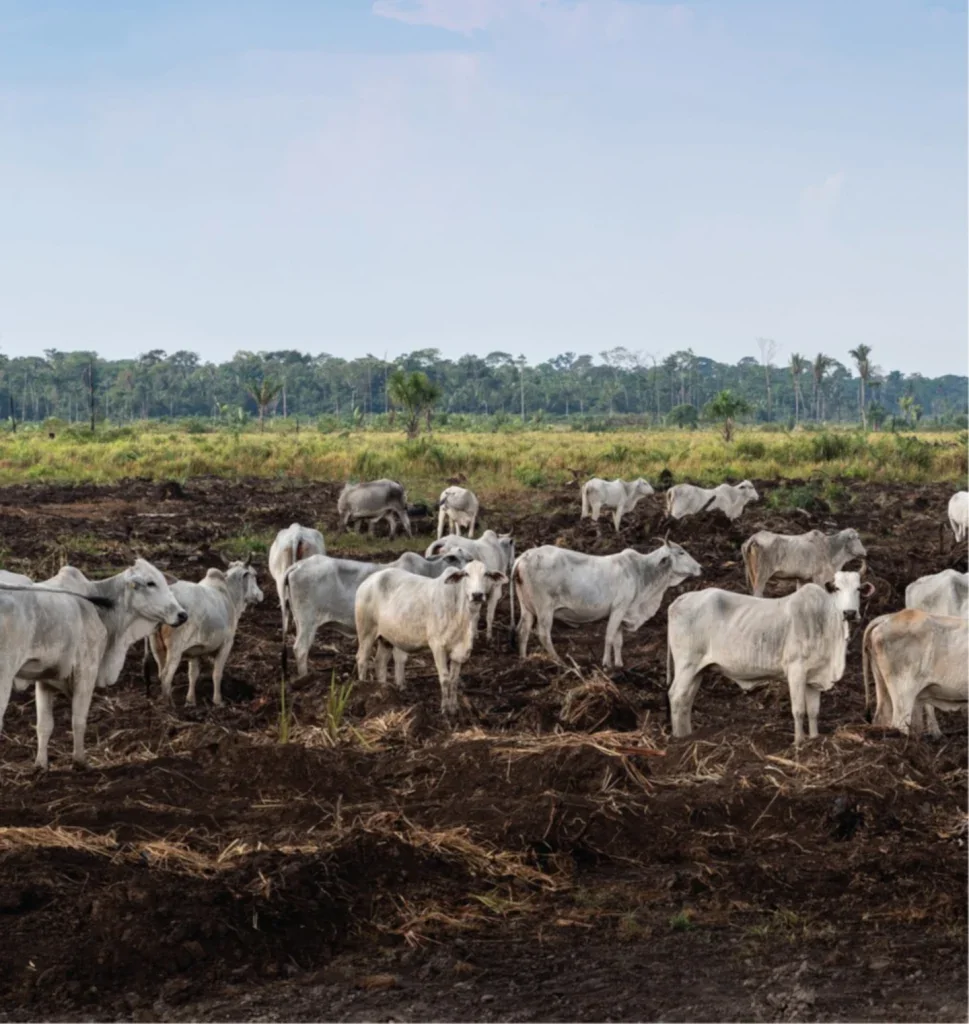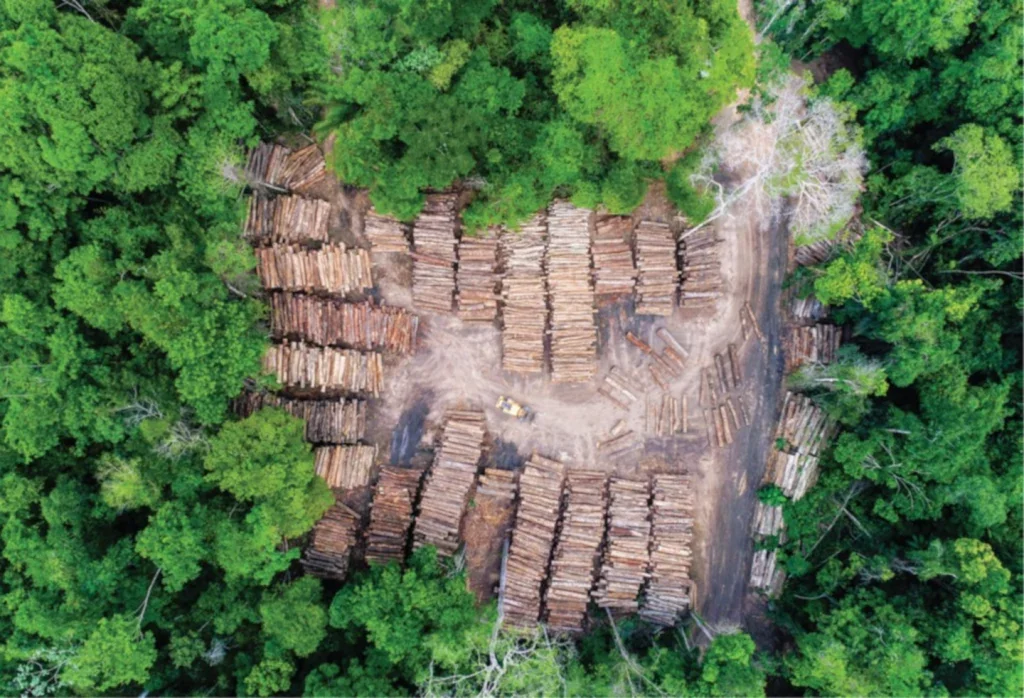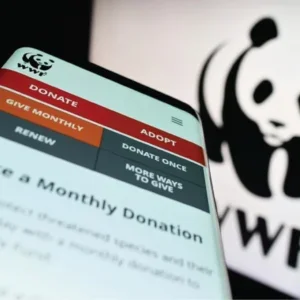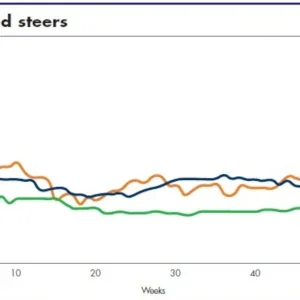
Conservation organisation the World Wildlife Fund (WWF) has unveiled the Deforestation- Free Leather Fund, an opportunity for companies to financially support strategic initiatives to improve the sustainability of leather supply chains.
The fund will make investments to improve the traceability and resilience of leather supply chains, and draws on WWF’s 25-plus years of experience helping companies work on sustainable supply chains.
The Deforestation-Free Leather Fund will target geographies with ecosystems at higher risk of environmental degradation and focus on solutions that accelerate deforestation- and conversionfree sourcing from those regions. The projects will initially include operations in Brazil, with the possibility of expanding to other beef-producing countries in South America in the near future.
With the support of more than five million members worldwide, the WWF is dedicated to delivering science-based solutions to preserve the diversity and abundance of life on Earth, halt the degradation of the environment and combat the climate crisis.
“While leather is a byproduct of the beef and dairy industries, it still carries responsibility for embedded impacts and emissions in the supply chain,” said Fernando Bellese, senior director for beef and leather supply chains at the WWF. “Companies that use leather, including those in the fashion, automotive and furniture industries, have unique leverage within the supply chain to encourage and support more sustainable practices by influencing beef and tannery operations.”
The WWF argues that collective action increases the likelihood of success in addressing the environmental impacts of beef and leather production, and it will seek contributions to the fund from brands, retailers, leather processors and manufacturers. The fund will help to accelerate supply chain improvements, enabling companies to deliver their deforestation-free commitments, send strong market signals to cattle ranchers, beef producers and leather producers, and contribute to more sustainable leather production.
The Deforestation-Free Leather Fund will support initiatives in the following areas:
- Traceability systems to verify responsible sourcing: Extend existing initiatives and support new efforts to scale adoption and align effective systems that enable end-to-end traceability in cattle supply chains.
- Farm-level investments to promote the supply of deforestation and conversion-free leather: Direct investments to address farm-level challenges and opportunities to improve cattle production.
- Farm regularisation to support market access: Assist farmers and ranchers to formalise operations, rehabilitate degraded farmland, and establish pathways for continuous improvement.
The fund aims to support the ear-tagging and individual traceability of one million head of cattle in the first three years of activity, promoting the recovery of 45,000 hectares (111,200 acres) of degraded land in the same period. The WWF will oversee the governance and day-to-day management of the fund, aiming to collect $10m from companies to cover the first three years of on-the-ground operations. For brands and retailers, contributions will be requested based on annual revenue. For companies with an annual revenue of less than $100m, the minimum annual contribution expected would be $50,000; for companies with an annual revenue of between $100m and $1bn that figure would be $100,000; for businesses with revenue of between $1bn and $5bn the contribution would be $200,000; and for companies with revenues of more than $5bn the minimum annual contribution expected is $250,000.

For leather processors and manufacturers, contributions will be requested based on the number of hides processed annually. For wet-blue tanneries the contribution level is $0.01 per hide, while for re-tanning and finishing tanneries the contribution level is $0.03 per hide.
The timeline for progress began with the March 2025 formal announcement and dissemination of communications, continues to September with company engagement and onboarding, and beyond September moves forward with establishing a governance structure and beginning implementation in the three key priority areas.
Speaking at an online briefing discussing the new fund, Bellese said that it was hoped that the fund would continue to run for longer than the initial three years outlined, at least until the issue was no longer “a hot topic”.
He added that the WWF – which works in nearly 100 countries to help people and nature thrive – was already talking to organisations, and would target for support for the fund from between 15 and 30 companies.
Financial commitment
Tapestry, Inc., a New York-based house of lifestyle brands including Coach and Kate Spade, is one of the first brands to make a financial commitment to the Deforestation-Free Leather Fund. That commitment is in addition to the Tapestry Foundation’s $3m philanthropic grant to the WWF in 2022 to develop an innovative system to enhance traceability of the leather value chain in Brazil and convene the industry.
“Tapestry’s investment in the fund continues and expands the company’s commitment to addressing climate change through long-term sustainable solutions and immediate actions,” said Logan Duran, vice president of ESG and sustainability at Tapestry. “We believe strongly in the importance of sustainability in leather manufacturing, and this commitment reaffirms that belief. We invite other companies, both within and outside our industry, to join us in these efforts.”
Duran, too, spoke at the online briefing discussing the new fund. At it he described leather as being the company’s “highest impact material” and that company, which sources 99% of its leather from gold and silverrated tanneries, was committed to reducing that impact.
He added that while it would be “an uphill task” implementing change, Tapestry was “really excited” to be involved with the Deforestation-Free Leather Fund.
The challenge
Bellese said at the online briefing that between 2001 and 2023 Brazil lost 68 million hectares of tree cover, and that cattle production was the number one driver of that loss, which was more than the second, third and fourth drivers of deforestation combined.
He added that with increasing food demand, cattle herd numbers will continue to increase, leading to more deforestation. The challenge is to persuade farmers not to clear new forests and adopt more efficient practices, while convincing them that by doing they “can still be profitable”.

“We don’t have to start from zero, there are good solutions,” Bellese added.
Emphasising his case in an online blog, Bellese writes: “Leather companies have an important role to play in the removal of embedded impacts and emissions from the supply chain. Their position within the supply chain gives them leverage to encourage and support more sustainable practices. By working collectively and with WWF, leather companies can influence beef operations to improve the traceability of cattle back to their point of origin, support more sustainable farming practices, and eliminate deforestation and conversion from supply chains. In addition, when managed appropriately, cattle can actually support the protection of critical ecosystems like grasslands, savannas and rangelands, and provide ecosystem services, livelihoods and food security for local communities.
“It is through collective action and financial support that leather companies can help to make and sustain positive changes in the leather supply chain. Doing so will send strong market signals to cattle ranchers, beef producers, and leather processors that deforestation needs to be addressed. The result can help drive changes that lessen the environmental impacts of beef and leather production.”
He continues: “Given leather’s status as a luxury good and its association with quality products, consumer pressure for sustainable practices in that industry is higher than for many alternative products. Companies in the fashion, automotive and furniture industries use leather to make their products more valuable, and that demand gives those industries the ability to influence change in their partnerships with upstream suppliers.”
While the WWF admits that the fund on its own will not have the reach or resources to solve all challenges faced, the organisation says it has the potential to accelerate the adoption of important sustainability practices and build a more resilient system for the future.
“This fund is not going to solve all the problems, but it will help the sector move in the right direction,” concluded Bellese.






